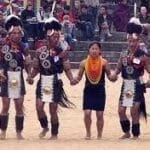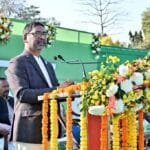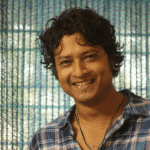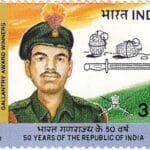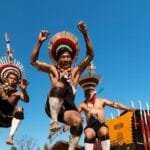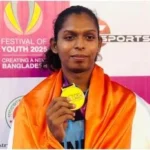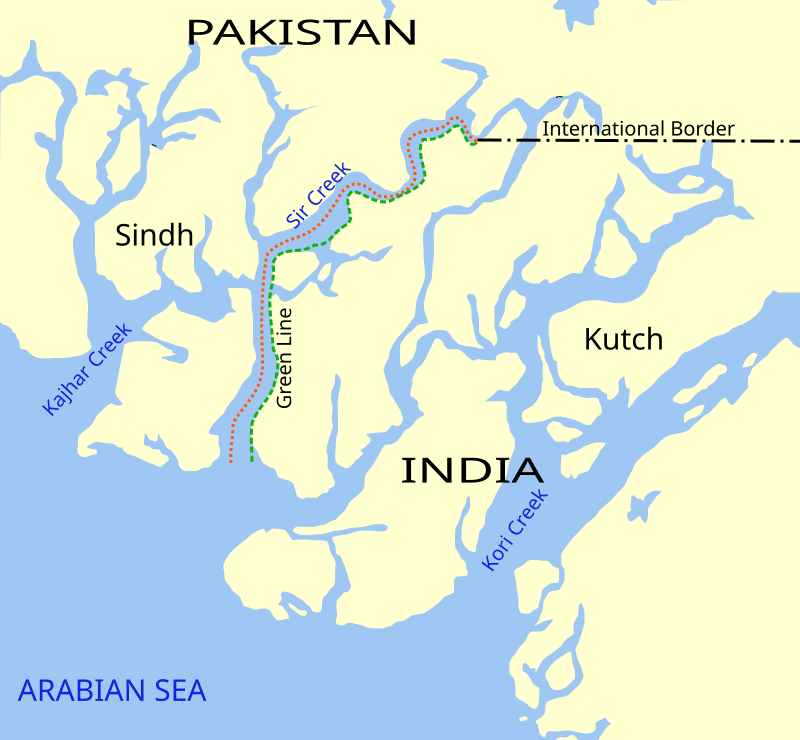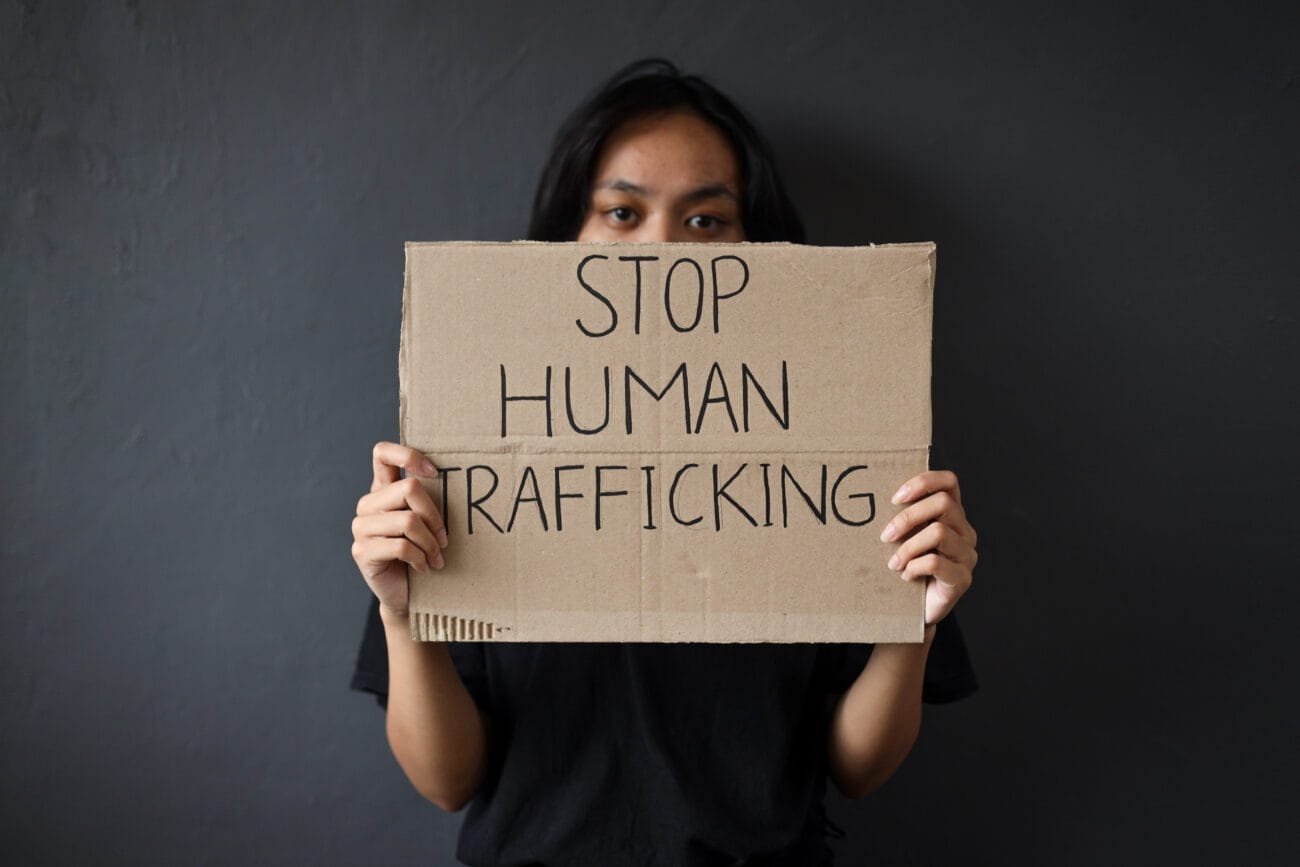Leh, Ladakh | What began as a peaceful, Gandhian-style protest in Ladakh under climate activist and education reformer Sonam Wangchuk has spiraled into one of the region’s most violent episodes in recent history, leaving at least four people dead and dozens injured.
A Peaceful Beginning
On September 10, Wangchuk and two prominent local groups – the Leh Apex Body and the Kargil Democratic Alliance (KDA) – launched a hunger strike in Leh. Their campaign called for full statehood for Ladakh and inclusion under the Sixth Schedule of the Constitution, a provision that would grant tribal communities control over land, resources, and jobs.
The movement, inspired by nonviolent principles, drew large crowds of students, monks, and villagers, with participants describing it as a fight for Ladakh’s cultural survival and democratic rights.
Core Demands
The protesters have put forward four major demands:
- Statehood for Ladakh.
- Inclusion under the Sixth Schedule for constitutional protection.
- Separate parliamentary seats for Leh and Kargil districts.
- Job reservations and priority in employment for local youth.
The Turning Point
Tensions escalated when two elderly hunger strikers had to be hospitalized. Anger grew among young participants, many of whom declared the agitation a “Gen Z movement” or a new “revolution” in Ladakh.
On September 24, during a mass rally in Leh, violence erupted. Protesters clashed with police, set fire to the local BJP office, and torched a police vehicle. Security forces responded with lathi charge, tear gas, and firing. The clashes left at least four people dead and over 40 injured, including both protesters and police personnel.
Wangchuk Calls Off His Fast
Shaken by the turn of events, Wangchuk ended his 15-day hunger strike, saying he was devastated that his call for nonviolence had failed.
“I never wanted bloodshed. My message of peace did not reach everyone, and today, innocent lives have been lost. I cannot continue my fast in such circumstances,” Wangchuk said in a statement.
Government’s Response
The Union Government has imposed curfew in Leh, restricted gatherings, and tightened security across sensitive areas. Officials have accused “vested interests and external elements” of instigating the violence.
At the same time, the Centre has reiterated that dialogue is the way forward. The High-Powered Committee (HPC), formed earlier this year to address Ladakh’s political concerns, is scheduled to meet local representatives again on October 6.
Government sources suggest that while New Delhi is open to discussing safeguards for land, jobs, and culture, it remains firm against conceding full statehood at this stage.
The Road Ahead
With families mourning their dead and young people still restless, the situation in Ladakh remains fragile. While the curfew has temporarily calmed the streets, the deeper grievances – of identity, representation, and autonomy – remain unresolved.
The coming weeks, especially the outcome of the October 6 meeting, will determine whether Ladakh’s movement returns to peaceful dialogue or hardens into a prolonged standoff between locals and the Union Government.


